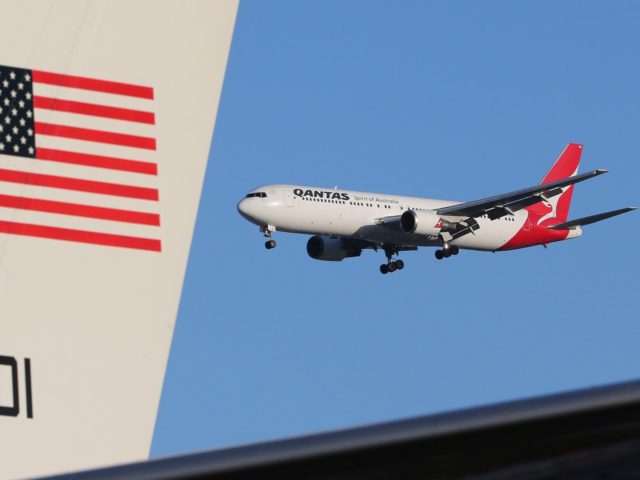The U.S. Federal Aviation Administration (FAA) issued an emergency order on Thursday night banning some U.S.-based air carriers from flying through Iranian airspace, including parts of the Persian Gulf and the Gulf of Oman. Several international carriers quickly announced precautions of their own.
The FAA prohibited flights in the Tehran Flight Information Region in a Notice to Airmen (NOTAM) warning of “heightened military activities and increased political tensions in the region which present an inadvertent risk to U.S. civil aviation operations and potential for miscalculation or misidentification.”
“The risk to U.S. civil aviation is demonstrated by the Iranian surface-to-air missile shoot-down of a U.S. unmanned aircraft system on 19 June 2019 while it was operating in the vicinity of civil air routes above the Gulf of Oman,” the agency said.
The FAA said it has tracking data that indicates civilian aircraft were within 45 nautical miles of the drone attacked by Iran with a surface-to-air missile.
“There were numerous civil aviation aircraft operating in the area at the time of the intercept,” the FAA warned.
Several international carriers announced precautionary measures on Thursday and Friday in response to the FAA order. Air France-KLM, Qantas, Lufthansa, British Airways, and Dubai-based Emirates Airlines announced they will reroute flights to avoid the dangerous areas identified by the American agency. Some of these carriers, like Lufthansa, said they would still offer flights into Iran that will be rerouted to avoid the areas of greatest concern.
Other carriers, such as Singapore Airlines, Malaysia Airlines, and FlyDubai, issued less specific statements saying they will adjust some of their flight paths, especially those passing over the Strait of Hormuz.
Fortune speculated on Friday that the situation in Iran could imperil the survival of some Persian Gulf long-haul carriers “which have been battered by Trump’s travel bans targeting a group of predominantly Muslim countries, as well as an earlier ban on laptops in airplane cabins for Middle Eastern carriers.”
One example is Abu Dhabi-based Etihad, whose response to the emergency order was merely that it will “decide what further action is required after carefully evaluating the FAA directive to U.S. carriers.”
Cancellations by nervous passengers could result in lost income far beyond the flights that have been officially canceled or delayed.
Fortune quoted global airline consultancy OPSGROUP warning “the threat of a civil aircraft shoot-down in southern Iran is real” and noting that Iran might have attacked the American drone with a weapon system very similar to the one that brought down Malaysian Airlines passenger flight MH17 in 2014, killing 283 passengers and 15 crew.
“Any error in that system could cause it to find another target nearby – another reason not to be anywhere near this part of the Straits of Hormuz,” OPSGROUP advised.
Business Insider noted Iranian airspace is often transited by flights from the U.S. to India, and from Australia to Europe, so the disruption could have significant international repercussions if it continues. At the very least, it would seem likely to make a good deal of long-distance air travel more expensive and less convenient. United Airlines has already suspended some flights from the U.S. to India following a “thorough safety and security review.”

COMMENTS
Please let us know if you're having issues with commenting.